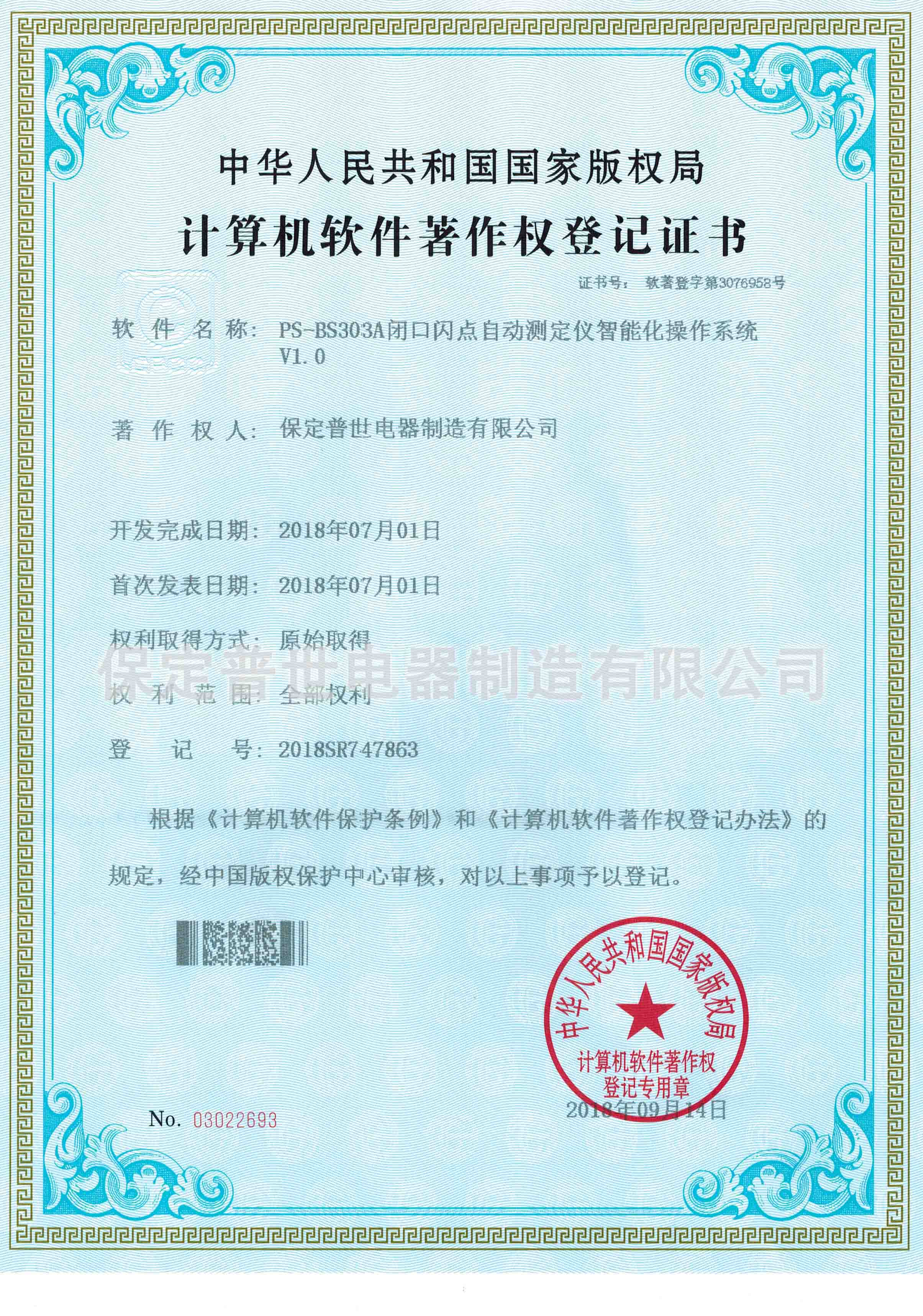 English
English



-
 Afrikaans
Afrikaans -
 Albanian
Albanian -
 Amharic
Amharic -
 Arabic
Arabic -
 Armenian
Armenian -
 Azerbaijani
Azerbaijani -
 Basque
Basque -
 Belarusian
Belarusian -
 Bengali
Bengali -
 Bosnian
Bosnian -
 Bulgarian
Bulgarian -
 Catalan
Catalan -
 Cebuano
Cebuano -
 China
China -
 China (Taiwan)
China (Taiwan) -
 Corsican
Corsican -
 Croatian
Croatian -
 Czech
Czech -
 Danish
Danish -
 Dutch
Dutch -
 English
English -
 Esperanto
Esperanto -
 Estonian
Estonian -
 Finnish
Finnish -
 French
French -
 Frisian
Frisian -
 Galician
Galician -
 Georgian
Georgian -
 German
German -
 Greek
Greek -
 Gujarati
Gujarati -
 Haitian Creole
Haitian Creole -
 hausa
hausa -
 hawaiian
hawaiian -
 Hebrew
Hebrew -
 Hindi
Hindi -
 Miao
Miao -
 Hungarian
Hungarian -
 Icelandic
Icelandic -
 igbo
igbo -
 Indonesian
Indonesian -
 irish
irish -
 Italian
Italian -
 Japanese
Japanese -
 Javanese
Javanese -
 Kannada
Kannada -
 kazakh
kazakh -
 Khmer
Khmer -
 Rwandese
Rwandese -
 Korean
Korean -
 Kurdish
Kurdish -
 Kyrgyz
Kyrgyz -
 Lao
Lao -
 Latin
Latin -
 Latvian
Latvian -
 Lithuanian
Lithuanian -
 Luxembourgish
Luxembourgish -
 Macedonian
Macedonian -
 Malgashi
Malgashi -
 Malay
Malay -
 Malayalam
Malayalam -
 Maltese
Maltese -
 Maori
Maori -
 Marathi
Marathi -
 Mongolian
Mongolian -
 Myanmar
Myanmar -
 Nepali
Nepali -
 Norwegian
Norwegian -
 Norwegian
Norwegian -
 Occitan
Occitan -
 Pashto
Pashto -
 Persian
Persian -
 Polish
Polish -
 Portuguese
Portuguese -
 Punjabi
Punjabi -
 Romanian
Romanian -
 Russian
Russian -
 Samoan
Samoan -
 Scottish Gaelic
Scottish Gaelic -
 Serbian
Serbian -
 Sesotho
Sesotho -
 Shona
Shona -
 Sindhi
Sindhi -
 Sinhala
Sinhala -
 Slovak
Slovak -
 Slovenian
Slovenian -
 Somali
Somali -
 Spanish
Spanish -
 Sundanese
Sundanese -
 Swahili
Swahili -
 Swedish
Swedish -
 Tagalog
Tagalog -
 Tajik
Tajik -
 Tamil
Tamil -
 Tatar
Tatar -
 Telugu
Telugu -
 Thai
Thai -
 Turkish
Turkish -
 Turkmen
Turkmen -
 Ukrainian
Ukrainian -
 Urdu
Urdu -
 Uighur
Uighur -
 Uzbek
Uzbek -
 Vietnamese
Vietnamese -
 Welsh
Welsh -
 Bantu
Bantu -
 Yiddish
Yiddish -
 Yoruba
Yoruba -
 Zulu
Zulu
oil leakage test of transformer
Oil Leakage Test of Transformers Importance and Procedure
Transformers are crucial components in electrical systems, functioning to step up or step down voltage levels for efficient power transmission and distribution. One of the significant concerns regarding the operation of transformers is oil leakage, which can pose severe risks to both the equipment and the environment. Therefore, conducting oil leakage tests is essential to ensure transformer integrity and performance.
Transformers utilize insulating oil to cool and insulate the internal components. Over time, various factors such as aging, mechanical stress, and thermal cycling may compromise the integrity of the transformer, leading to potential oil leaks. An oil leak not only risks electrical failures and reduced operational efficiency but also poses environmental hazards due to the flammability and pollution potential of transformer oil.
The oil leakage test involves a systematic approach to assess the integrity of the transformer tank and its gaskets. Several methods can be utilized for this purpose, including visual inspections, pressure testing, and vacuum testing.
1. Visual Inspection The first step is to conduct a thorough visual inspection of the transformer and surrounding areas. Inspectors look for signs of oil stains, wet spots, or crusted oil, which may indicate leaks. Additionally, careful examination of gaskets, seals, and welds is performed to identify any visible wear or damage.
oil leakage test of transformer

2. Pressure Testing This method involves filling the transformer with oil to a predetermined level and applying air pressure to the tank. The pressure is monitored over time; any drop in pressure could indicate a leak. This test is crucial as it simulates the operational conditions of the transformer.
3. Vacuum Testing In this method, the transformer is evacuated to create a vacuum. If there are any leaks, air will be drawn into the tank. Monitoring the vacuum level provides insight into the integrity of the transformer.
After conducting these tests, any identified leaks should be promptly addressed through repairs or component replacements. Regular oil leakage tests should be incorporated into the maintenance schedule of transformers to ensure early detection of potential issues.
In conclusion, the oil leakage test of transformers is a critical procedure that helps maintain the safety, efficiency, and reliability of electrical systems. By implementing regular testing protocols, utilities can ensure their transformers operate effectively while minimizing the risk of leaks and their associated consequences. Proactive measures such as these not only protect assets but also promote environmental sustainability.
-
Ensuring SF₆ Gas Safety: Introducing PUSH’s Integrated SF₆ Analyzer for Dew Point, Purity, and Decomposition MonitoringNewsJul.10,2025
-
Exploring the Main Types of Industrial Endoscopes and Their Applications Across IndustriesNewsJul.04,2025
-
Testing Equipment Industry Sees Major Advancements in 2025: Smart & Precision Technologies Lead the WayNewsJun.06,2025
-
Applications of Direct Current Generators in Renewable Energy SystemsNewsJun.05,2025
-
Hipot Tester Calibration and Accuracy GuidelinesNewsJun.05,2025
-
Digital Circuit Breaker Analyzer Features and BenefitsNewsJun.05,2025



